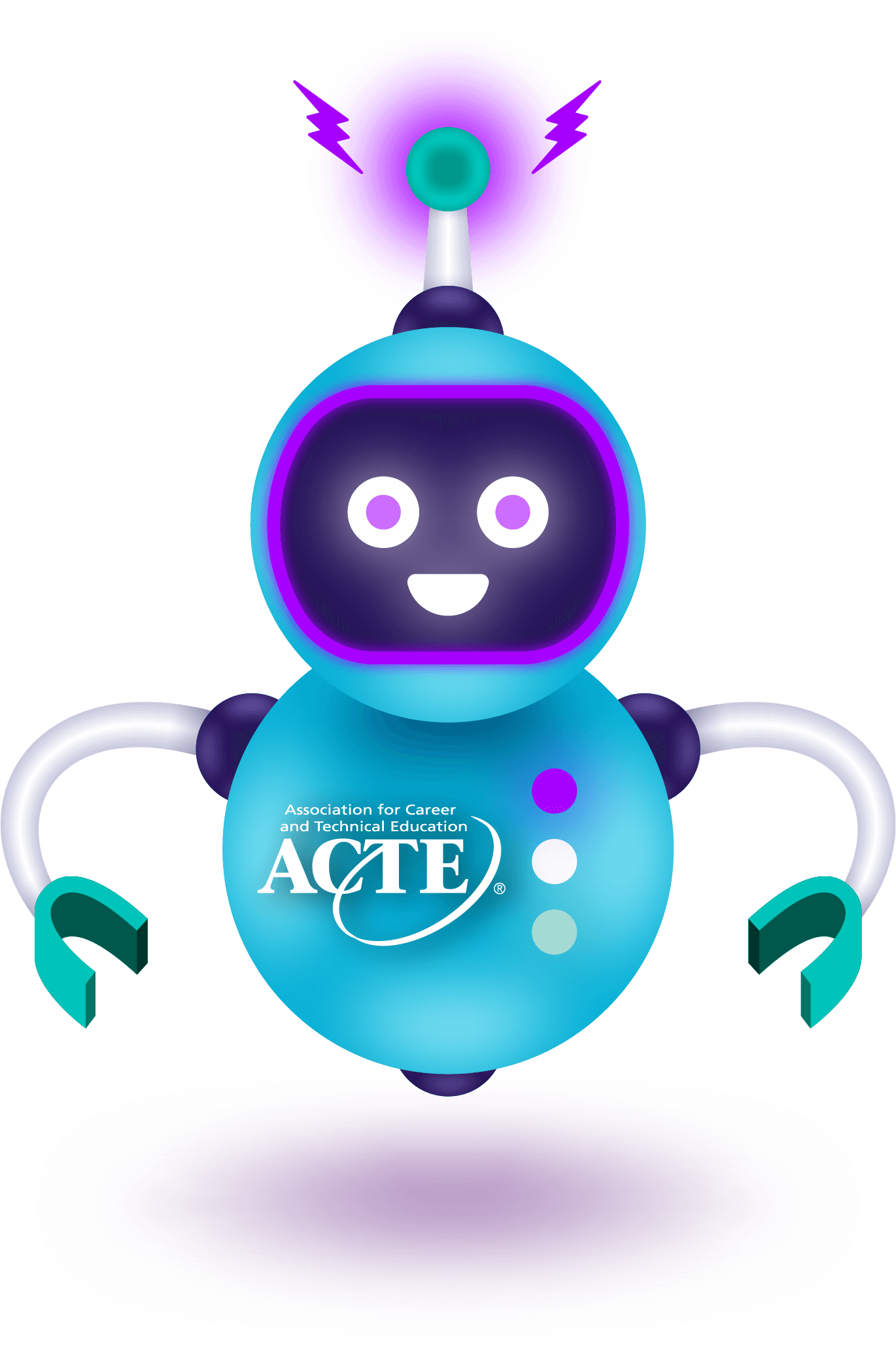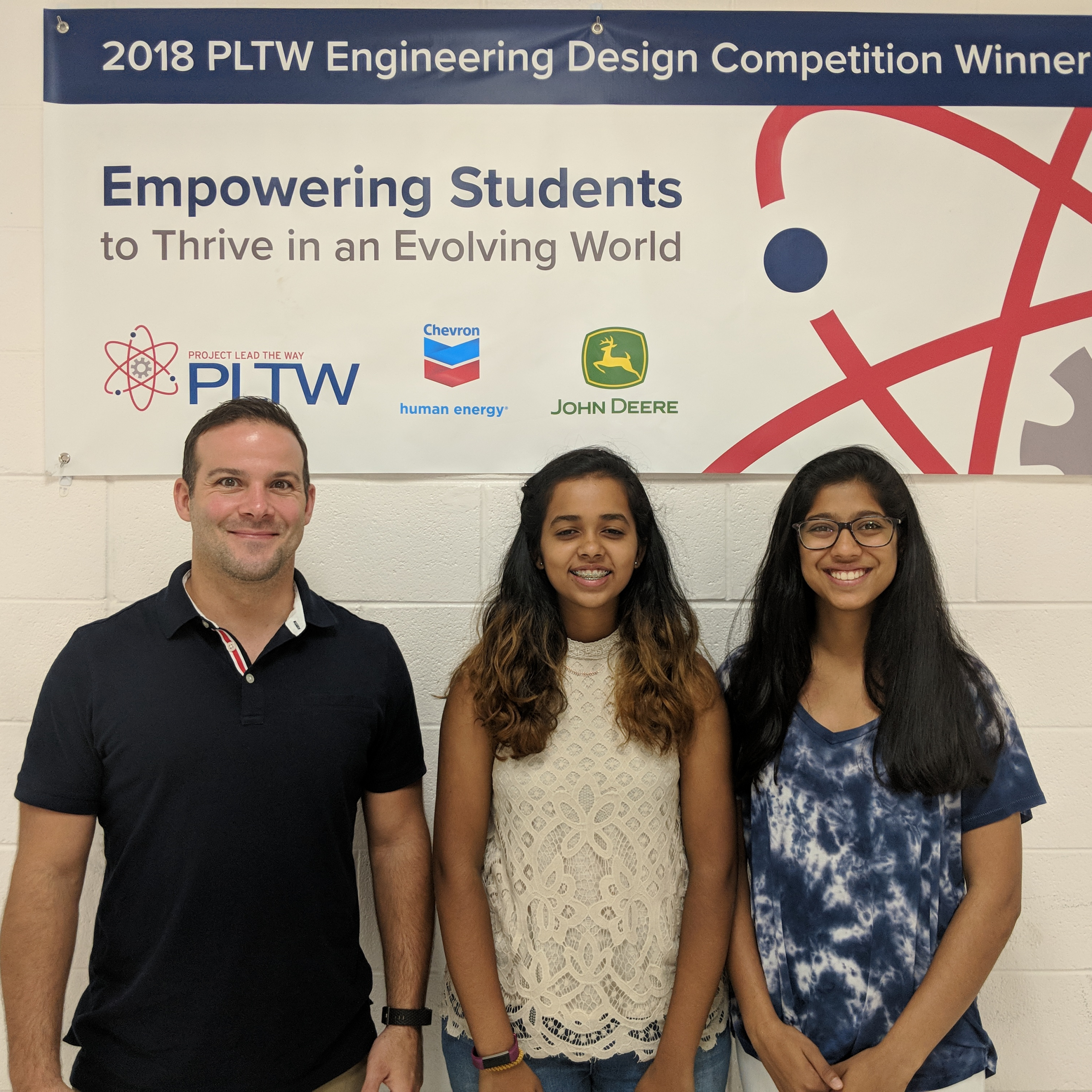“I wish all students would participate in the discussion.”
If that sounds familiar, you might want to try this strategy.
The ability to engage students with hands-on learning activities has long been a strong advantage for career and technical educators. However, the excitement that students experience in the lab often does not follow into classroom learning. When an instructor announces, “Let’s head back to the classroom.,” the response is an audible groan from students. Their bodies slump. The students find lab activities more engaging than classroom instruction.
To fix this problem, leverage lab attributes that create engagement to design classroom lesson plans. Consider how:
- Labs allow every student to be actively engaged (equity)
- Labs allow for students to openly discuss ideas as needed
- Labs allow for freedom of movement
- The teacher serves the role of facilitator
- There is a de-emphasis on grades (learning for the sake of learning)
Equity, Engagement and Productive Talk
Emphasize the power of speaking and listening between students — what is known as productive talk. Productive talk is speaking that leads to learning. It happens during conversations in which students do most of the talking, while teachers guide them to listen to each other, explain their thinking, question and challenge each other’s ideas, and revise their own opinions based on input from others.
Productive Talk Improves Literacy
When people participate actively in conversation, their brains sync, mirroring and anticipating the neural activity of the others in the conversation (Stephens, Silbert and Hasson, 2010). Engaging in conversation as we learn, rather than simply listening to new information, helps make this neural activity more likely. As we learn, our brains forge and strengthen new pathways through which information can travel.
The Strategy in Action
How long will it take?
20-30 minutes, depending upon how long you want to debrief students.
When should I use the Carousel teaching strategy?
As a pre-assessment or a review game of a broad, multifaceted topic. When you need to get everyone involved, instead of hearing from the same few students each time.
What’s the gist?
An extended, active version of Think-Pair-Share, the Carousel gets everyone moving around the room to write and discuss various topics.
How It Works
- Post 4–5 large sheets of paper around the room, with plenty of space between them. On each paper, write a different question or statement that can elicit a broad range of responses.
- Divide your students into 4–5 teams, and give each team a different colored marker. Each group begins at one of the posted questions.
- Set a timer for two minutes (or another amount of time). Instruct students as follows: “When I say go, you will have two minutes as a group to write as many intelligent points as you can on your board. When I call time, every group will take their marker and rotate to the left, just like a carousel.”
- When groups rotate, instruct students to read through what the other group(s) wrote. If a student or group disagrees with something written previously, they are encouraged to draw a line through the statement and respond. After that, students begin to post their own additional thoughts.
- Continue rotating until all groups have responded to every question. Then facilitate a class discussion. All it takes to get great conversation going is a couple of lines drawn through comments of another color.
Students encouraged to respond and defend their own words are more invested than if they were just listening to the arguments of others. By responding first in a group with short, written statements, students feel safe to critique and defend their own ideas and are more likely to discuss their ideas aloud afterward.
Example Prompts from an Automotive Classroom
- List everything you can think of that relates to Geometry (This is to connect to prior knowledge and emphasize the role of geometry involved with upcoming content on suspension and brake systems.)
- List everything you can connect to the concept: alignment.
- List every detail you know about wheel bearings. (This serves as an excellent pre-assessment tool, to gauge student knowledge on this topic.)
- How many ways can we connect tires to brakes? (This serves to launch the new learning and gives the instructor time to use what students already have told him to lead the discussion.)
Final Thoughts
Productive talk will flourish when your classroom culture promotes learning for its own sake. Decades of research, from 1933 onward, have made it clear that grades are often problematic (Kohn, 2011). Reliance on grades reduces students’ interest in the material, the quality of their thinking, and their intrinsic drive to take intellectual risks (Kohn, 2011). Risk-averse learners “downshift” their brains into a kind of survival mode, looking for the right answer instead of seeking understanding.
People do better creative work and engage more readily in learning when they know that what they’re doing is relevant beyond a quantitative assessment. When we use external rewards to motivate others, we may unintentionally undermine their intrinsic motivation (Pink, 2011) and risk extinguishing their love of learning. Especially in career pathways work, it is important for students to internalize and embrace the intrinsic value of the learning that could become their lives’ work. A class discussion will be more dynamic and productive when students, freed from a preoccupation with their own achievement, can take interest in the topic itself.
Sandra Adams is a teacher and instructional coach with the Career Academy, Fort Wayne Community Schools. She co-wrote the ACTE-supported book But I’m NOT a Reading Teacher!: Literacy Strategies for Career and Technical Educators with Gwendolyn Leininger. Contact her to learn how you can implement the Carousel and other innovative teaching strategies in your CTE classroom.
For more from Adams, find her at ACTE’s CareerTech VISION next week where she will be on site to sign her book, But I’m NOT a Reading Teacher! Adams will also deliver two educational program sessions: “The Technology Integrated CTE Classroom: Embedding 7 Future Survival Skills” on Friday, Nov. 30 and “Creating Equitable Access to IT Courses” on Saturday, Dec. 1 during the STEM is CTE Symposium.







